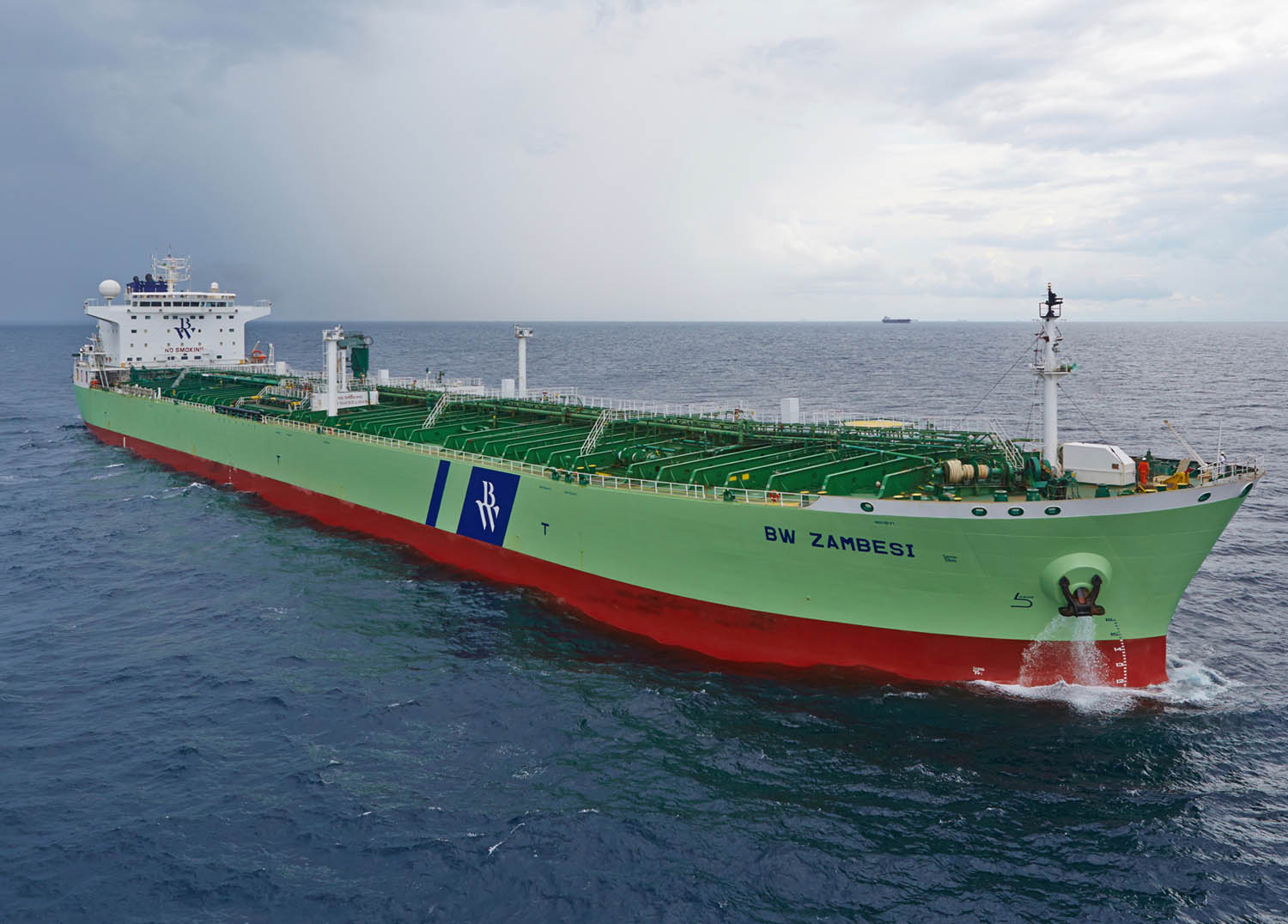By Jim Shaw
Over the past several months Covid-19 has brought the cruise industry to a virtual standstill and forced many of the world’s ferry lines to clamor for government support but most cargo operators are continuing to muddle through, although financial losses are mounting and capacity building.
South Korea’s HMM, which recently introduced the world’s largest container ship, HMM Algeciras (see Pacific Maritime Magazine, June 2020), has 19 more ships under construction but suffered an 18.7 percent decline in cargo volume during the first quarter resulting in a $55 million loss.
Taiwan’s Yang Ming, which celebrated the delivery of two newest ships, YM Celebrity and YM Continent, in May has 22 more vessels under construction while losing over $27 million in the same period. It has also been returning chartered tonnage, including the 4,252-TEU YM Eminence, but owners of these ships-for-hire now face charter rates that have fallen by more than 25 percent since the start of the year and are continuing to fall.
The result is more ships being forced into lay-up, with projections that a record 3 million TEU in capacity will be idle this summer, making it the worst capacity crisis the industry has ever seen.
Tanker Turmoil
The situation is similar in the bulk trades, where demand for most commodities has dropped, but owners of tankers have been enjoying income from ships, even when they are idle, because of mounting demand for storage. This situation started with large crude carriers being hired to store cheap oil near the start of the year while OPEC and Russia were engaged in a price struggle. It then shifted to the use of smaller ships, including Aframax tonnage, when land-based storage tanks filled.
Product tankers were then brought into play because refiners could no longer sell what they refined. This has eventually filtered down to gasoline and in Asia Indonesia’s state-owned refiner Pertamina chartered three ships, BW Zambesi, SCF Prudencia and Nordvenus, to hold gasoline while anchored off Singapore. The company joins a host of others who have turned to stockpiling oil products on ships to await a return of consumer demand and higher prices. These may be generated this summer if economies can be safely “un-locked” and travel starts to take place once again.
Several Aframax ships have already been discharging their stored cargoes in Europe and as the larger VLCCs do the same more tanker capacity will re-enter the transportation market. Unfortunately for owners, this is expected to see per day freight rates drop because of increased competition and declining demand for oil transport. The spot market, usually catering to single voyage runs, has already seen rates fall from over $200,000 per day in early April to less than $50,000 per day going into June.
Blasé Bulks
In the dry bulk trades the biggest ships, capesize bulkers and ore carriers, have been taking a substantial hit because of continued cut-backs in world manufacturing, especially the production of automobiles and structural steel.
In mid-May capesize rates fell to their lowest levels since March 2016, which was an all-time low point for dry bulk shipping. This is being reflected in ship values, with secondhand prices for both newer and older capesize units steadily dropping and many of the less fuel-efficient vessels expected to go for demolition as demand for heavy bulks continues to decline.
The one bright spot is the possibility that China will step up its imports on the back of a government stimulus package. This could see demand for both coal and iron ore improve but Brazil, one of the main suppliers, has been suffering from an expanding COVID-19 outbreak.
Despite the bleak situation, however, some companies are still taking delivery of ships, including Saudi Arabia’s government-backed Bahri, which is taking a series of four bulkers from Hyundai Vietnam Shipbuilding.
Captive Crews
Beyond the massive changes in the various cargo markets is the fact that thousands of seafarers have been trapped on their ships over the past few months because of closed borders and reduced air flights.
Data compiled by the International Chamber of Shipping (ICS) and the International Maritime Employers’ Council (IMEC) found that 150,000 seafarers were in need of a crew change by mid-May. Strict COVID-19 regulations, which have stymied crew transfers and exchanges, are expected to see this number continue to rise.
And the problem exists not only for cargo ships but also for cruise liners which can carry huge multi-national crews numbering more than a thousand. After not being able to land crews in April some of the larger lines began using their own ships to begin to repatriate employees, with more than two-dozen ships sent to the Philippines, the world’s largest crew provider. Since then several cargo ships have also diverted to repatriate portions of their crews, including the 262,779-dwt bulk carrier PSU Seventh and 114,821-dwt crude carrier China Dawn, both diverting to southern India to land their Indian national seafarers.
However, this can be a costly undertaking as a chartered ship is normally considered ‘off-hire’ during the period it is diverted from its projected route and such a diversion can also generate additional fuel, insurance and port agency costs.

